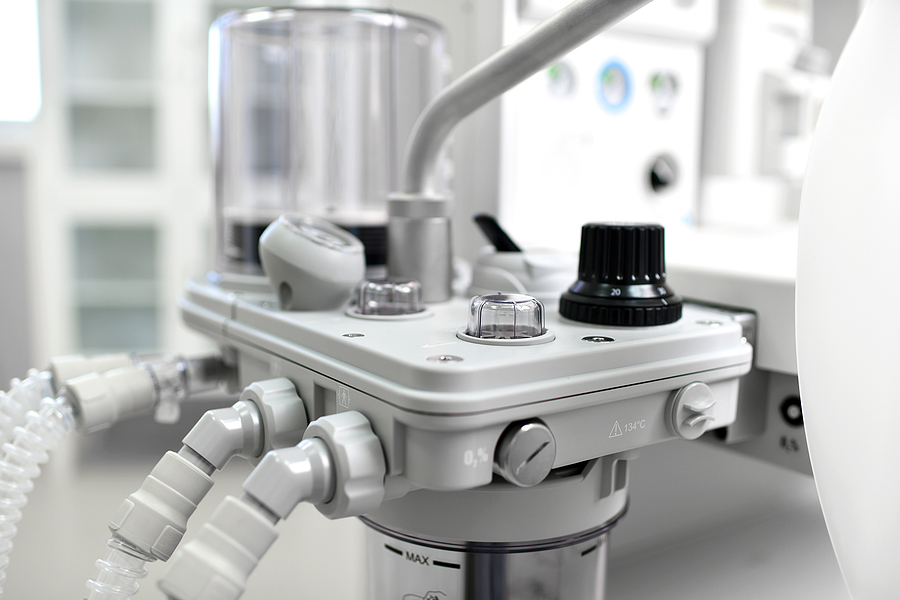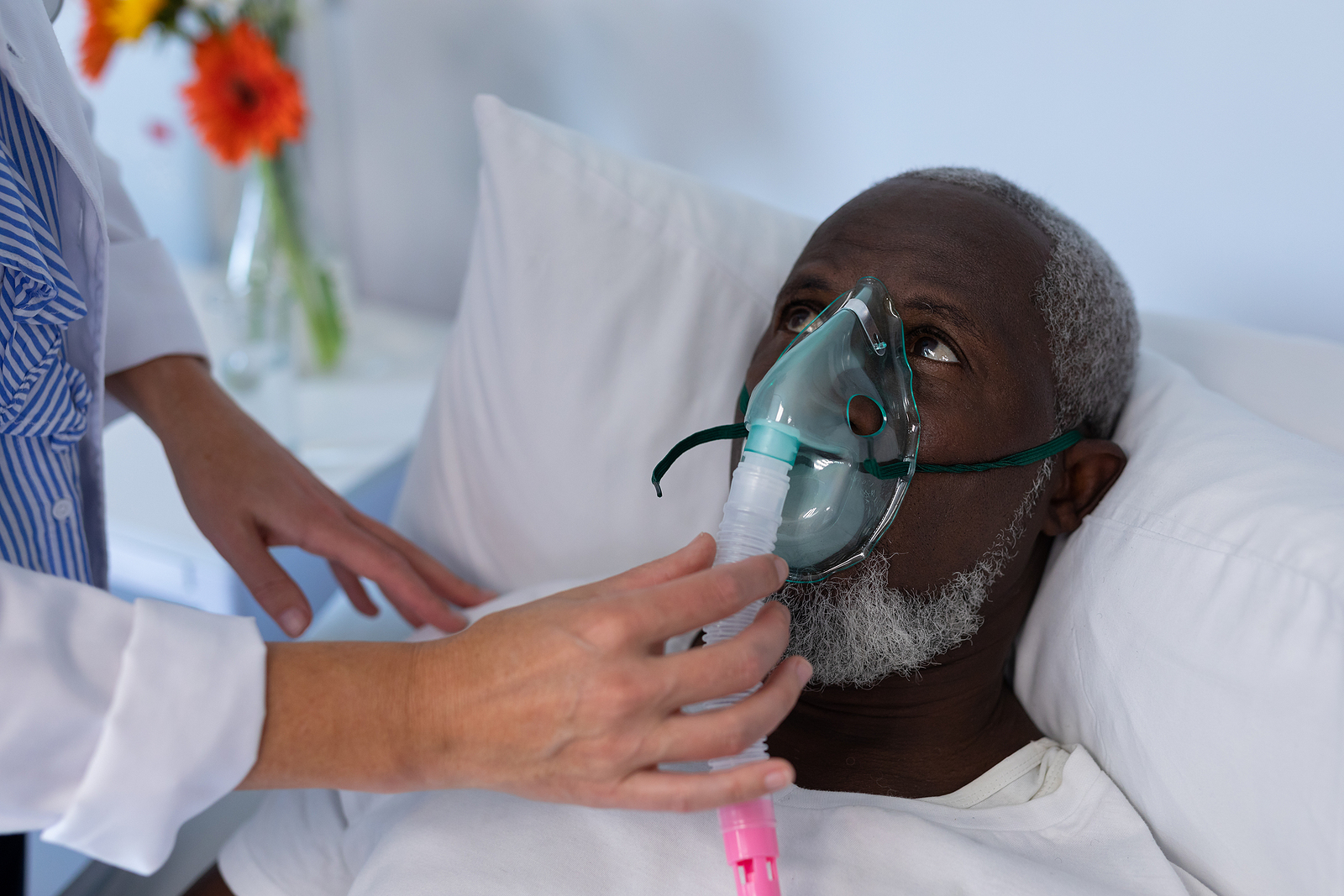Newsletter 2021
Newsletter August 2021: Those who are said to be dead live longer – No obituary yet for succinylcholine
Peter Biro
peter.biro@usz.ch
I have to confess that I am a person prone to nostalgic feelings, which certainly apply also for my professional life. However, those warm remembrances that come over me when thinking on the meanwhile rarely used succinylcholine, may have definitely a justifiable reason in some of the unique features of this drug. First, let’s see how this disgraceful abandonment of one of the most widely used anaesthetics came about.
Succinylcholine found its way into clinical use in 1951 under the trade name Lysthenon. Particularly pleasing was its rapid onset of action of less than 1 minute, which reduced the vulnerable phase of unsecured airway in unconsciousness to a tolerable level, until a blocked tracheal tube was in place. This outstanding property of the substance is actually unmatched to this day, even though higher doses of rocuronium are often viewed as an acceptable substitute. I too agree with this view, albeit with few exceptions, especially when things have to be done very quickly. This is the case with a high intestinal obstruction or in caesarean section, if the latter exceptionally is to be carried out under general anaesthesia. The relatively short duration of action of the drug and the absence of permeability through the placenta is also a welcome effect in this context too.
On the other hand, one has to admit that succinylcholine does have some unsightly pharmacodynamic properties, above all the muscular fasciculation, which can have painful after-effects, and on top of may lead to the release of potassium. The inherent destabilizing effect on the integrity of cell membranes, especially in burn patients, and the triggering of malignant hyperthermia have also contributed to its bad reputation. Besides, it also is not advisable to use succinylcholine in patients with muscle disorders, especially those with myodystrophy or myotonia, as well as in patients with elevated intraocular pressure. In this context, the also occasionally occurring arrhythmogenic side effects can already be regarded as venial sins.
A somewhat exaggerated horrific vision that was widely circulated even at the high times of succinylcholine use between the 1960s and 1980s was the occurrence of a phase II block, also known as a dual block. This must have been a rare sighting. I never have encountered it, although I occasionally even used a continuous succinylcholine drip for the maintenance of a neuromuscular block. This phenomenon is due to a conversion of the depolarizing into a non-depolarizing and longer-lasting mode of action on the site of acetylcholine receptors by accumulating metabolites, which may occur if a relatively high dose of the drug has been administered. To be more precise, before shorter-acting neuro-muscular blockers such as atracurium, vecuronium and mivacurium became available, we urgently needed a feasible blocking technique for short interventions with a deep neuromuscular block (e.g. for microlaryngoscopic surgery on the larynx). For this purpose, we slowly infused a solution of 500 mg succinylcholine in 500 ml methylene blue-coloured glucose 5% drip, whereby the infusion rate was adjusted on experience, gut feeling, and some kind of visual inspection. Today something like that would be a free pass to the dock with the public prosecutor – at that time it was standard and practically always worked well. However, it was probably only a matter of time before we would have encountered a patient with atypical cholinesterase. We knew there was such a thing and we were prepared to ventilate an affected person under sedation until he/she could be woken up and sufficiently breathe spontaneously.
Nowadays, with the availability of sugammadex, a short-term, deep relaxation is no longer a technical or medical problem – at best an economic one. With rocuronium and the revered reversal agent we can provide a custom-made block level for any duration of anaesthesia, provided we have the necessary monitoring. But there is one specific application of succinylcholine that is unmatched and has to be mentioned here because it is quite astonishing: succinylcholine is the anaesthetic drug, which has saved most lives! This statement may seem surprising, but it is immediately understandable when you consider that it is the best method to overcome a life-threatening laryngospasm within a few seconds. This can easily be achieved with a bolus dose of 20 to 25 mg, which immediately leads to the relaxation of the vocal cord apparatus without impairing spontaneous breathing. Attempts of forced pressure ventilation with pure oxygen, which is recommended for this, is often not effective in time, can lead to stomach distension or even rupture and, on top of that, does not prevent the phenomenon from recurring. No one who, like me, has experienced the quick, immediate solution to the crisis will allow their succinylcholine to be taken away. In any case, I will definitely not have my 100 mg ampoule of succinylcholine removed from my emergency medication box.
References
- Durant NN, Katz RL Suxamethonium. Br J Anaesth 1982; 54: 195-208
- Cook D. Ryan MD.Can Succinylcholine be abandoned? Anesth Analg 2000; 90: S24-S28
- Bui DD, Asher SR. Break the spasm with succinylcholine, but risk intraoperative awareness with undiagnosed pseudocholinesterase deficiency. Case Rep Anesthesiol 2020: 8874617. doi: 10.1155/2020/8874617. eCollection 202
Read our Monthly newsletter.
Read More of our special newsletter covering our virtual congress 2020.
Visit our COVID-19 Resource Hub for other news and resources.











